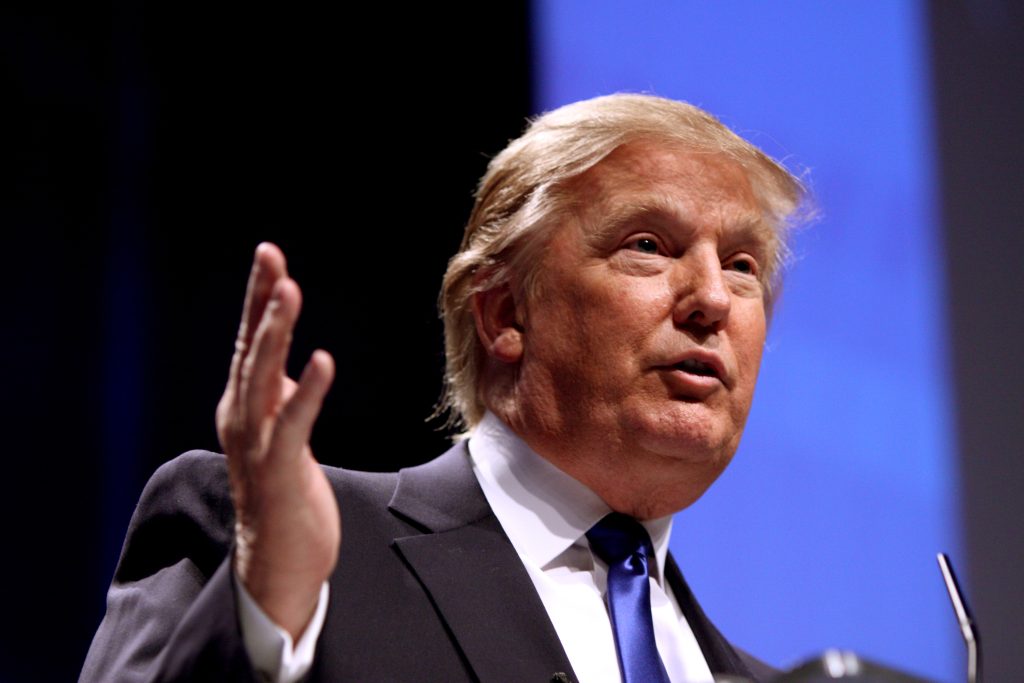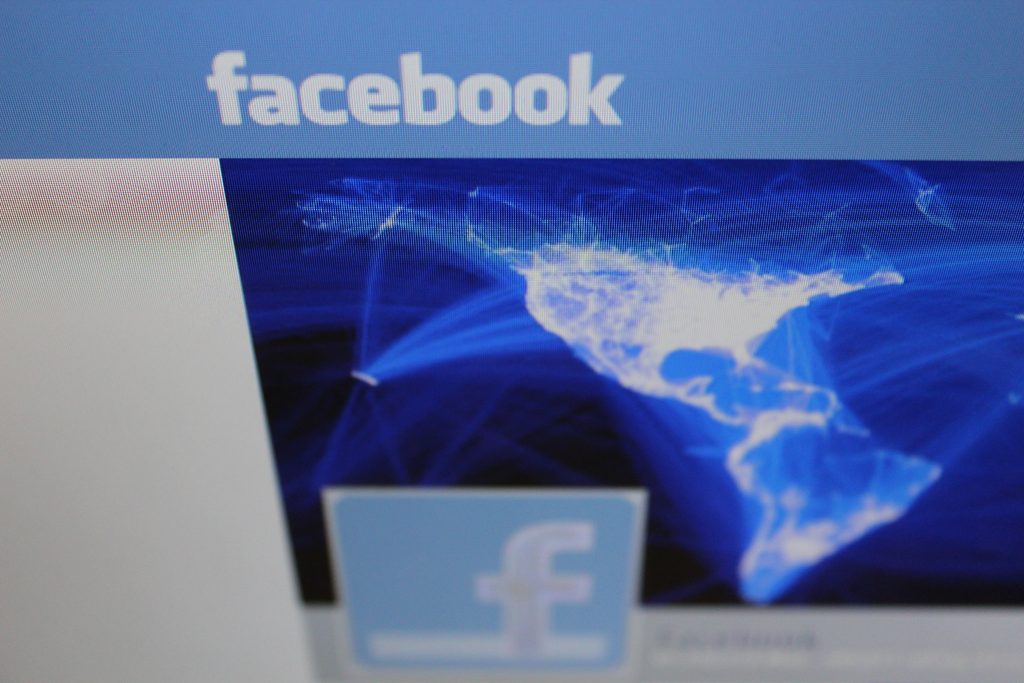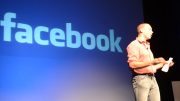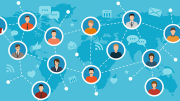by Angie Putri, Gina Wang, Fei Xu
Online harms
Online harms are the activities including contents on the internet that can damage an individual’s social, emotional, psychological, financial or even physical safety. Here are some common examples of social harm are cyberbullying, content promoting suicide, harassment, misinformation and disinformation, violent content, and more other.
Take a look at this real-life example of online harms:
Cyberbullying
One example of online harms and its effect on individuals has taken place in Melbourne, Australia. Allem, 17 years old, was the first cyberbullying victim in Australia to be recognised by the courts as a victim of crime. He ended his life because he was insulted and threatened online. This case has a profound effect on not only the family, but also other people.
“…I used to wish that he died in a car crash or got murdered or anything else but him taking his own life.”
Ali Halkic
Misinformation
During the 2016 US presidential election, misinformation was widespread, most of which was circulated through social media platforms. Misleading information and false narratives were propagated to create confusion and potentially influence voters’ decisions and opinions. For example, false stories about Hillary Clinton’s health and involvement in various conspircies were widely circulated, alongside misinformation concerning Donald Trump’s policies and background.

“Donald Trump” by Gage Skidmore is licensed under CC BY-SA 2.0.
What has the platform done to protect us?
Platform has protect us by doing content moderation. Platforms remove hate speech, misinformation, and graphic violence content to create a safer online environment for users.
For example, Twitter employs mechanisms to warn users about potentially “sensitive content” before they view it. This feature empowers users to customise their online experience based on their comfort levels. Additionally, Twitter allows users to report inappropriate tweets, aiding Twitter’s moderation teams in reviewing and applying warning labels or visibility restriction when necessary.

“Facebook” by chriscorneschi is licensed under CC BY-SA 2.0.
Facebook has different policies for public figures and private individuals. For public figures, they will remove attacks that are severe, as well as certain attacks where the public figure is directly tagged in the post or comment. For private individuals, Facebook removes content that’s meant to degrade or shame. And everyone is protected from cyber bullying and sexually harassing.
References
https://www.avast.com/c-how-to-see-sensitive-content-on-twitter-c


